Home>Technology>Home Entertainment Systems>How To Calibrate A Home Theater
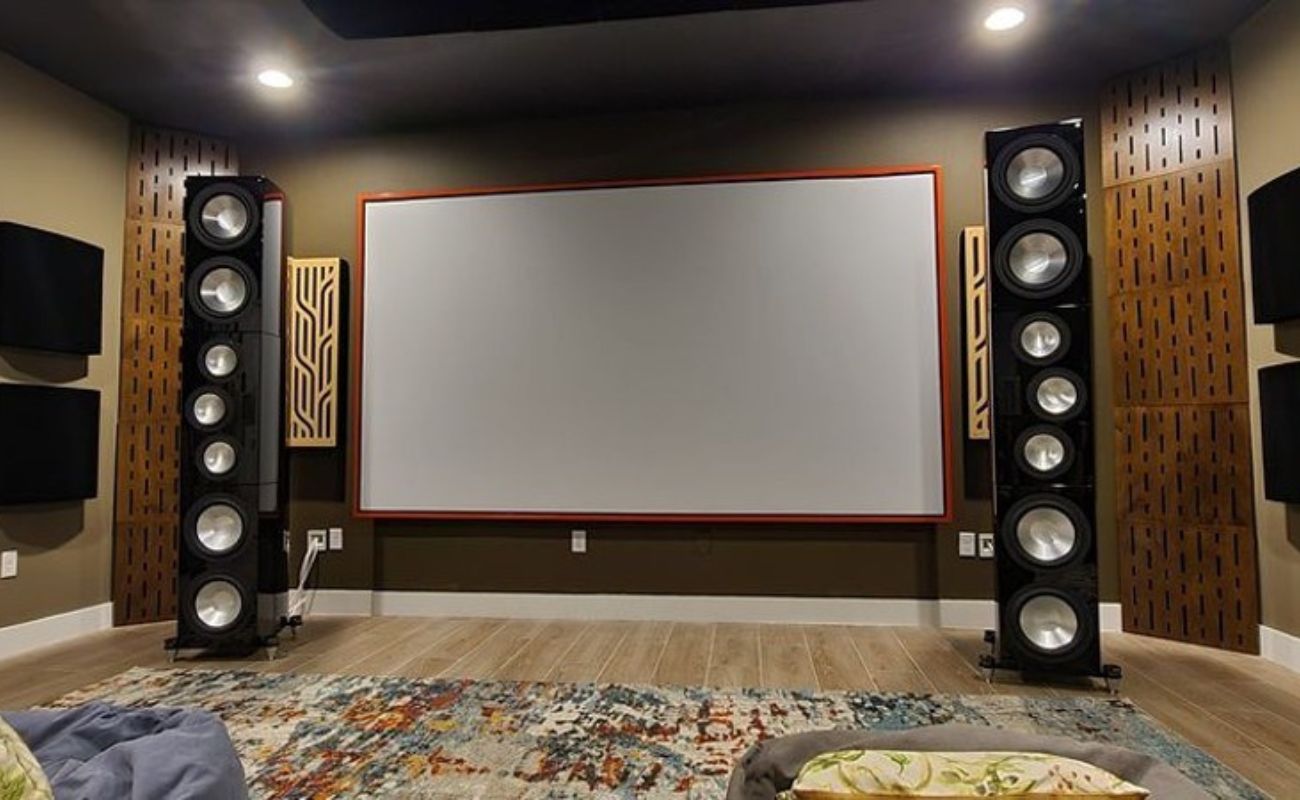

Home Entertainment Systems
How To Calibrate A Home Theater
Published: February 15, 2024
Learn how to calibrate your home entertainment system for the best audio and video experience. Follow our step-by-step guide to optimize your home theater setup.
(Many of the links in this article redirect to a specific reviewed product. Your purchase of these products through affiliate links helps to generate commission for Storables.com, at no extra cost. Learn more)
Introduction
Calibrating a home theater system is a crucial step in achieving optimal audio and visual performance. Whether you're a cinephile seeking an immersive movie-watching experience or a music enthusiast aiming for concert-like sound quality, proper calibration can make a world of difference. By fine-tuning the audio and video settings to suit your specific room and preferences, you can unlock the full potential of your home entertainment system.
Calibration involves adjusting various elements of your home theater setup, including audio levels, speaker placement, video display settings, and subwoofer configuration. While it may seem daunting at first, the process is well worth the effort. With the right approach and understanding, you can transform your living room into a captivating cinematic space or a concert hall, tailored to your unique tastes.
In this comprehensive guide, we will delve into the intricacies of calibrating a home theater system, covering everything from setting up the audio components to fine-tuning the subwoofer. By the end of this journey, you will be equipped with the knowledge and skills to optimize your home entertainment system, ensuring an unparalleled audio-visual experience for all your favorite movies, music, and games. So, let's embark on this enlightening exploration of home theater calibration and unlock the true potential of your entertainment space.
Key Takeaways:
- Calibrating a home theater system enhances the audio and visual experience, creating a captivating environment for enjoying movies, music, and games. It involves adjusting audio and video settings, speaker placement, and subwoofer configuration to unlock the system’s full potential.
- The finalization of the calibration process ensures that the home theater system delivers a personalized and captivating audio-visual experience. It involves system integration checks, critical listening and viewing evaluations, and user preference customization to align with individual tastes and expectations.
Read more: How To Soundproof A Home Theater Room
Understanding the Basics of Calibration
Calibration forms the cornerstone of achieving exceptional audio and visual performance in a home theater system. It involves the meticulous adjustment of various settings to ensure that the audio and video components work harmoniously to deliver an immersive and true-to-life experience. Understanding the basics of calibration is essential for anyone seeking to optimize their home entertainment setup.
Audio Calibration
Audio calibration encompasses a range of adjustments aimed at achieving balanced sound reproduction. This involves setting the correct speaker levels, ensuring that each speaker emits sound at the appropriate volume to create a cohesive audio environment. Additionally, calibrating the distance and delay settings for each speaker is crucial for synchronizing the audio output, resulting in a seamless and immersive listening experience.
Video Calibration
Video calibration focuses on optimizing the visual aspects of the home theater system. This includes adjusting the brightness, contrast, color, and sharpness settings of the display to accurately represent the content being viewed. Proper video calibration ensures that colors are vibrant yet natural, black levels are deep, and details are crisp, thereby enhancing the overall visual impact of movies, TV shows, and games.
Room Acoustics
Understanding the acoustic properties of the room is fundamental to calibration. Factors such as room size, shape, and the presence of reflective surfaces can significantly impact audio performance. By considering these elements, one can make informed decisions regarding speaker placement, acoustic treatments, and sound equalization to mitigate the effects of room acoustics and achieve optimal audio fidelity.
Read more: How To Hide Home Theater Cables
Equipment Compatibility
Calibration also involves ensuring that all audio and video equipment are compatible and configured to work seamlessly together. This includes verifying that the audio receiver or processor is capable of decoding various audio formats and that the video display supports the desired resolution and color space. Compatibility issues can hinder the overall performance of the system, underscoring the importance of addressing them during the calibration process.
By comprehensively understanding these fundamental aspects of calibration, one can lay a solid foundation for achieving an exceptional home theater experience. With a grasp of the basics, individuals can proceed to the practical steps of setting up the audio system, adjusting video settings, and fine-tuning the speaker and subwoofer configurations to realize the full potential of their home entertainment system.
Setting Up the Audio System
Setting up the audio system is a pivotal step in the calibration process, as it lays the groundwork for achieving optimal sound reproduction in your home theater. Whether you have a multi-channel surround sound setup or a stereo configuration, the proper placement and configuration of speakers are essential for creating an immersive audio environment. Here's a detailed walkthrough of the key elements involved in setting up the audio system:
Speaker Placement
The placement of speakers significantly impacts the overall sound quality and spatial imaging within a home theater. For a typical 5.1 surround sound setup, the front left, center, and right speakers should be positioned at ear level, forming an arc in front of the viewing area. The surround speakers should be placed to the sides or slightly behind the primary seating area, while the subwoofer can be located anywhere in the room to distribute low-frequency effects evenly.
Wiring and Connection
Ensuring proper wiring and connection of speakers to the audio receiver or amplifier is crucial for seamless integration. Each speaker should be connected to the corresponding terminal on the receiver, adhering to polarity markings to maintain phase coherence. Additionally, utilizing high-quality speaker cables and minimizing cable lengths can help reduce signal loss and interference, contributing to cleaner audio transmission.
Read more: How To Improve Home Theater Sound
Receiver Configuration
Configuring the audio receiver or processor is a critical aspect of setting up the audio system. This involves specifying the speaker sizes, crossover frequencies, and channel levels within the receiver's setup menu. By accurately inputting these parameters based on the capabilities of the speakers and the room acoustics, the receiver can effectively distribute audio signals to the speakers, optimizing the overall sound reproduction.
Room Acoustics
Considering the acoustic properties of the room is essential when setting up the audio system. Addressing factors such as room size, reflective surfaces, and potential acoustic treatments can help mitigate sound reflections and standing waves, contributing to a more balanced and natural sound. Additionally, employing room correction software or utilizing acoustic panels can further enhance the audio performance by minimizing room-induced distortions.
By meticulously addressing these elements during the setup of the audio system, you can establish a solid foundation for the subsequent calibration steps. Proper speaker placement, wiring, receiver configuration, and room acoustics considerations are integral to creating an immersive and accurate soundstage, setting the stage for a truly captivating home theater experience.
Adjusting the Video Settings
Fine-tuning the video settings of your home theater system is paramount in achieving a visually captivating and immersive viewing experience. Whether you have a high-definition television, a 4K UHD display, or a cutting-edge projector, optimizing the video parameters can significantly enhance the visual impact of movies, TV shows, and games. Here's a comprehensive exploration of the key aspects involved in adjusting the video settings of your home entertainment system:
Display Calibration
Calibrating the display involves adjusting various visual parameters to ensure accurate and lifelike image reproduction. This includes optimizing brightness, contrast, color temperature, and sharpness settings to achieve a balanced and natural visual presentation. Many modern displays offer advanced calibration controls, allowing users to fine-tune individual color channels and gamma settings for precise image adjustment.
Read more: How To Design A Home Theater
Color Accuracy
Ensuring color accuracy is crucial for faithfully representing the intended color palette of the content being viewed. By calibrating the color settings using test patterns and calibration discs, users can achieve accurate color reproduction, vibrant hues, and natural skin tones. This is particularly important for movie enthusiasts and content creators who seek to experience films and media as the directors intended.
Resolution and Scaling
For displays supporting various resolutions, such as 1080p, 4K, or even higher, configuring the resolution and scaling settings is essential for optimal image clarity and detail. Ensuring that the display resolution matches the native resolution of the content being viewed can minimize scaling artifacts and maximize visual fidelity, resulting in sharper images and finer details.
Motion Handling
Adjusting motion handling settings, such as motion interpolation and response time, can significantly impact the fluidity and smoothness of on-screen motion. By fine-tuning these settings, users can minimize motion blur and judder, resulting in a more natural and immersive viewing experience, especially during fast-paced action sequences and sports content.
Aspect Ratio and Overscan
Configuring the correct aspect ratio and overscan settings ensures that the entire image is displayed without cropping or distortion. This is particularly important when viewing older content or using external video sources, as it ensures that the entire picture is visible without any loss of detail or unintended cropping.
By meticulously addressing these key elements of video calibration, you can unlock the full potential of your display, ensuring that movies, TV shows, and games are presented with stunning visual clarity and fidelity. With the video settings optimized, your home theater system is poised to deliver a truly captivating and immersive visual experience, complementing the exceptional audio performance achieved through the calibration of the audio system.
Read more: What Is A Home Theater Display
Calibrating the Speaker System
Calibrating the speaker system is a pivotal step in achieving balanced and immersive audio reproduction within a home theater environment. By meticulously adjusting the speaker levels, distances, and tonal characteristics, one can create a cohesive and enveloping soundstage that complements the visual experience. Here's a detailed exploration of the essential aspects involved in calibrating the speaker system:
Sound Level Adjustment
Balancing the sound levels of individual speakers is fundamental to creating a seamless and harmonious audio environment. Utilizing a sound level meter or the built-in calibration tool of the audio receiver, users can adjust the volume of each speaker to ensure that they emit sound at the same perceived level when positioned at the primary listening area. This process, often referred to as speaker level matching, is crucial for achieving a cohesive and balanced audio presentation, where no single speaker dominates the soundstage.
Distance and Delay Settings
Calibrating the distance and delay settings for each speaker is essential for ensuring accurate audio localization and synchronization. By inputting the precise distance of each speaker from the primary listening position into the audio receiver's setup menu, the system can adjust the timing of audio signals to account for the physical placement of the speakers. This synchronization creates a cohesive audio image, where sound effects and dialogue emanate from their intended locations, contributing to a more immersive and realistic listening experience.
Tonal Equalization
Fine-tuning the tonal characteristics of the speakers can significantly impact the overall sound quality and timbral accuracy. Many audio receivers offer equalization controls, allowing users to adjust the tonal balance of individual speakers to compensate for room acoustics and speaker characteristics. By carefully adjusting the frequency response of each speaker, users can achieve a more natural and balanced sound, ensuring that dialogue is clear, music is articulate, and sound effects are rendered with precision.
Read more: What Is A Home Theater System
Subwoofer Integration
Integrating the subwoofer seamlessly with the main speakers is crucial for achieving a cohesive and impactful low-frequency performance. Calibrating the crossover frequency, phase, and volume of the subwoofer ensures that it complements the main speakers, handling low-frequency effects and bass content with precision and authority. Proper subwoofer integration contributes to a more immersive and dynamic audio experience, especially during intense movie scenes and music playback.
By meticulously addressing these key elements during the calibration of the speaker system, users can achieve a balanced, cohesive, and immersive audio presentation that complements the visual aspects of their home theater system. With the speakers calibrated to deliver accurate and enveloping sound, the stage is set for a truly captivating and immersive audio-visual experience, where every whisper, explosion, and musical note is faithfully reproduced with precision and impact.
Fine-Tuning the Subwoofer
Fine-tuning the subwoofer is a critical aspect of achieving a well-balanced and impactful low-frequency performance within a home theater system. The subwoofer, responsible for reproducing deep bass and low-frequency effects, plays a pivotal role in enhancing the overall audio immersion, especially during movie playback and music listening. Here's a detailed exploration of the essential steps involved in fine-tuning the subwoofer:
Crossover Frequency Adjustment
The crossover frequency determines the point at which the subwoofer begins to handle the low-frequency content, seamlessly blending it with the main speakers. By adjusting the crossover frequency within the audio receiver's setup menu, users can ensure that the subwoofer reproduces frequencies that complement the main speakers, filling in the lower octaves with precision and impact. Properly setting the crossover frequency prevents frequency overlap and muddiness, resulting in a more cohesive and balanced audio presentation.
Phase Alignment
Aligning the phase of the subwoofer with the main speakers is crucial for achieving optimal bass integration and minimizing phase cancellations. By toggling the phase switch on the subwoofer or within the receiver's setup menu, users can determine the phase relationship between the subwoofer and the main speakers. This ensures that the low-frequency sound waves from the subwoofer reinforce, rather than interfere with, the sound produced by the main speakers, resulting in a more coherent and impactful bass response.
Read more: What Is A Home Theater Receiver
Volume Level Calibration
Calibrating the volume level of the subwoofer ensures that it seamlessly integrates with the main speakers, delivering a balanced and impactful bass performance. Using a sound level meter or the built-in calibration tool of the audio receiver, users can adjust the volume of the subwoofer to achieve a cohesive blend with the main speakers, preventing overpowering or underwhelming bass reproduction. Proper volume level calibration ensures that the subwoofer contributes to a dynamic and immersive audio experience without overshadowing the midrange and treble frequencies.
Bass Management
Fine-tuning the bass management settings within the audio receiver's setup menu allows users to tailor the low-frequency performance to suit their room acoustics and preferences. Adjusting parameters such as bass equalization, bass extension, and dynamic range control can further refine the subwoofer's bass output, ensuring that it complements the overall audio presentation without overwhelming the listening environment. By customizing the bass management settings, users can achieve a more nuanced and controlled bass reproduction, enhancing the impact and realism of movie soundtracks and music.
By meticulously addressing these key elements during the fine-tuning of the subwoofer, users can elevate the low-frequency performance of their home theater system, creating a more immersive and impactful audio experience. With the subwoofer calibrated to deliver precise and powerful bass reproduction, the home theater environment is poised to deliver a truly captivating audio-visual experience, where every rumble, explosion, and musical bassline is felt with depth and clarity.
Finalizing the Calibration
After meticulously adjusting the audio and video settings, fine-tuning the speaker system, and optimizing the subwoofer, the finalization of the calibration process is the ultimate step in achieving an exceptional home theater experience. This phase involves a comprehensive review and validation of all the calibrated parameters to ensure that the audio-visual performance aligns with the intended goals of the user. Here's a detailed exploration of the essential aspects involved in finalizing the calibration:
System Integration Check
Conducting a thorough system integration check is crucial to ensure that all audio and video components work seamlessly together. Verifying that the audio receiver or processor recognizes and processes the calibrated settings for speaker levels, distances, and tonal characteristics is essential. Additionally, confirming that the video display accurately reflects the optimized video settings, including color accuracy, resolution, and motion handling, is paramount for a cohesive audio-visual presentation.
Read more: How To Calibrate Digital Calipers
Listening and Viewing Evaluation
Engaging in a critical listening and viewing evaluation is fundamental to assessing the impact of the calibration adjustments. This involves experiencing a variety of content, including movies, music, and games, to gauge the overall audio and visual performance. By critically evaluating the soundstage, tonal balance, imaging, and visual fidelity, users can identify any areas that may require further refinement or adjustment, ensuring that the calibrated settings align with their preferences and expectations.
Room Acoustics Validation
Validating the impact of room acoustics on the calibrated audio performance is essential for ensuring consistent and accurate sound reproduction. Factors such as reflective surfaces, room dimensions, and seating arrangements can influence the overall audio experience. By assessing the impact of room acoustics on the calibrated speaker system and subwoofer, users can identify any residual acoustic challenges that may require additional acoustic treatments or adjustments to the calibration settings.
User Preference Customization
Customizing the calibrated settings to align with user preferences is a crucial aspect of finalizing the calibration. This involves providing users with the flexibility to adjust certain parameters, such as tonal equalization, dynamic range, and video presets, to suit their individual tastes. By empowering users to tailor the calibrated settings to their liking, the home theater system can deliver a personalized and immersive audio-visual experience that resonates with their unique preferences and sensibilities.
By meticulously addressing these key elements during the finalization of the calibration process, users can ensure that their home theater system delivers an exceptional audio-visual experience that meets their expectations and preferences. With a comprehensive review and validation of the calibrated settings, the stage is set for a truly captivating and immersive home entertainment experience, where every sound and image is finely tuned to perfection.
Conclusion
In conclusion, the process of calibrating a home theater system is a transformative journey that elevates the audio-visual experience to unprecedented levels of immersion and fidelity. By delving into the intricacies of audio and video calibration, speaker system setup, and subwoofer fine-tuning, individuals can unlock the full potential of their home entertainment space, creating a captivating environment for enjoying movies, music, and games.
The meticulous adjustment of audio settings, including speaker levels, distance settings, and tonal equalization, ensures that every sound is reproduced with precision and balance, creating a cohesive and enveloping audio experience. Similarly, the optimization of video settings, such as color accuracy, resolution, and motion handling, results in stunning visual clarity and fidelity, enhancing the impact of on-screen content.
The placement and configuration of speakers, coupled with the seamless integration of the subwoofer, contribute to a dynamic and immersive soundstage, where every whisper, explosion, and musical note is faithfully reproduced with depth and impact. The finalization of the calibration process, including system integration checks, critical listening and viewing evaluations, and user preference customization, ensures that the calibrated settings align with individual tastes and expectations, delivering a personalized and captivating audio-visual experience.
Ultimately, the culmination of the calibration journey leads to a home theater environment that transcends traditional entertainment experiences, transporting users into the heart of their favorite movies, concerts, and gaming adventures. With every detail meticulously tuned to perfection, the home theater becomes a sanctuary of sensory delight, where audio and visual elements converge to create an immersive and unforgettable experience.
In embracing the art and science of calibration, individuals can truly unlock the potential of their home entertainment systems, creating a space where the magic of cinema, the power of music, and the thrill of gaming come to life with unparalleled realism and impact. It is within this meticulously calibrated space that moments of joy, excitement, and wonder are amplified, offering a gateway to a world of captivating audio-visual experiences.
Frequently Asked Questions about How To Calibrate A Home Theater
Was this page helpful?
At Storables.com, we guarantee accurate and reliable information. Our content, validated by Expert Board Contributors, is crafted following stringent Editorial Policies. We're committed to providing you with well-researched, expert-backed insights for all your informational needs.
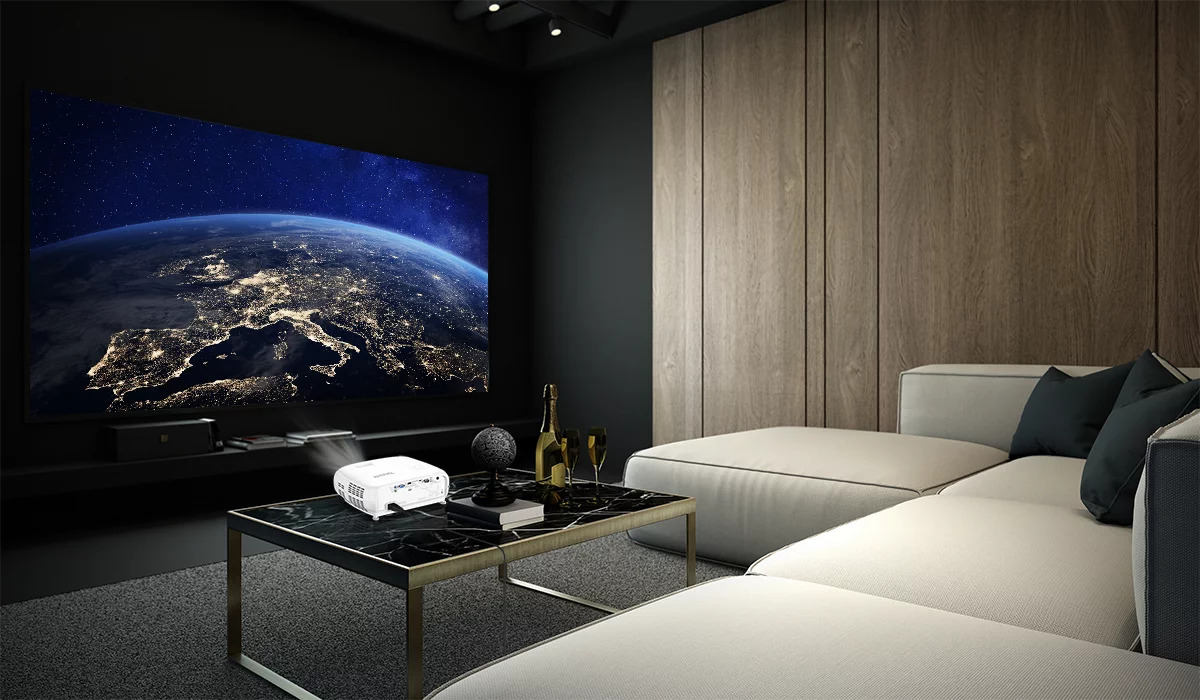
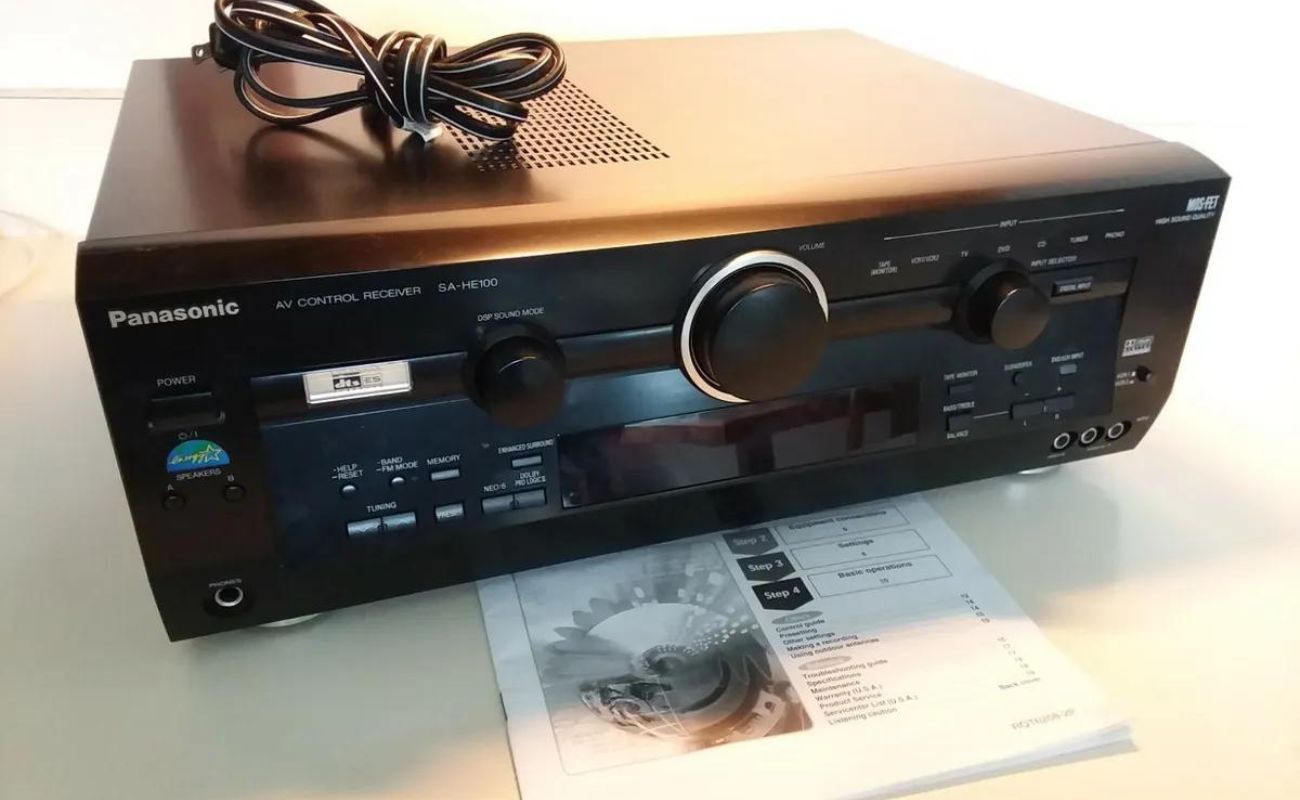
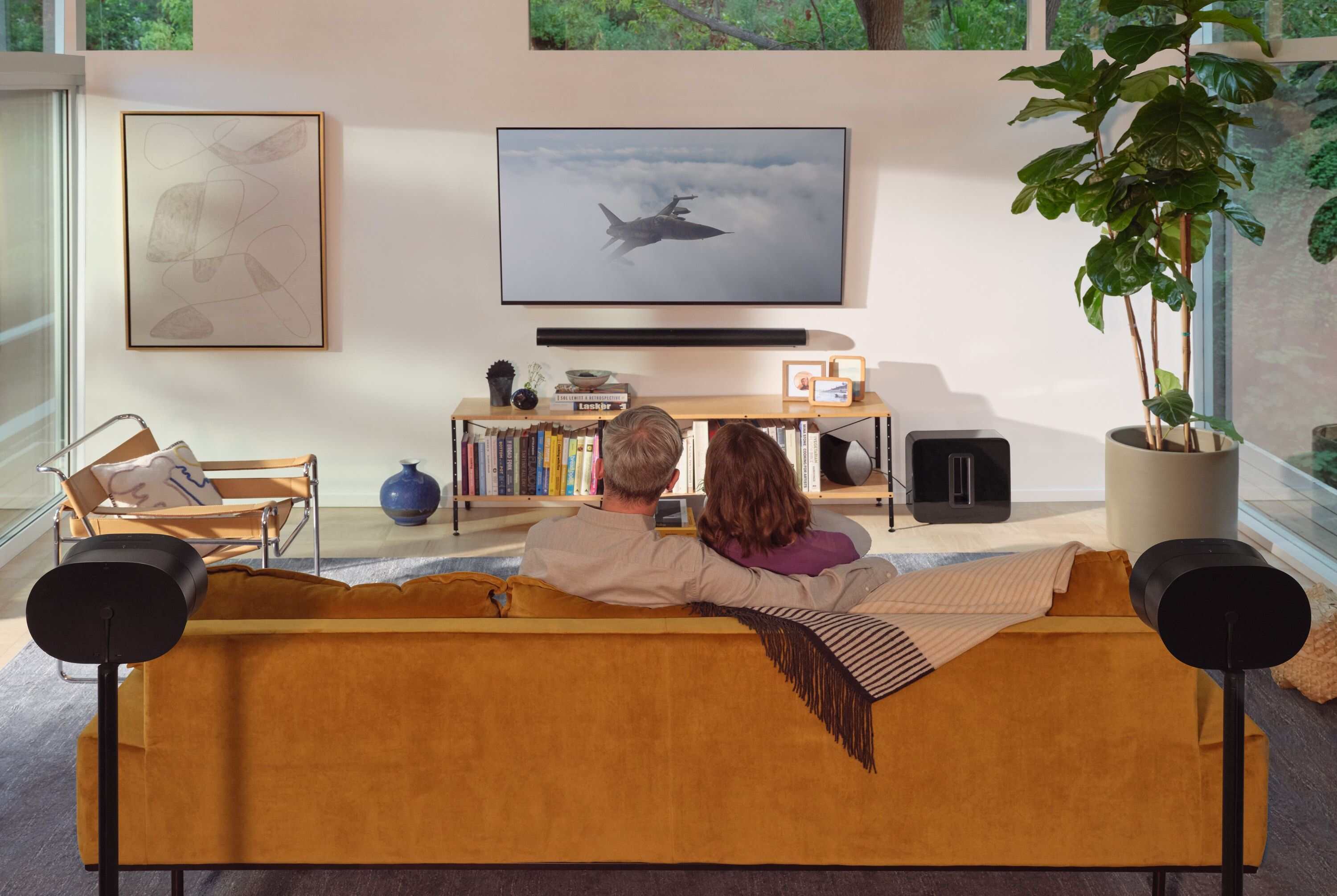
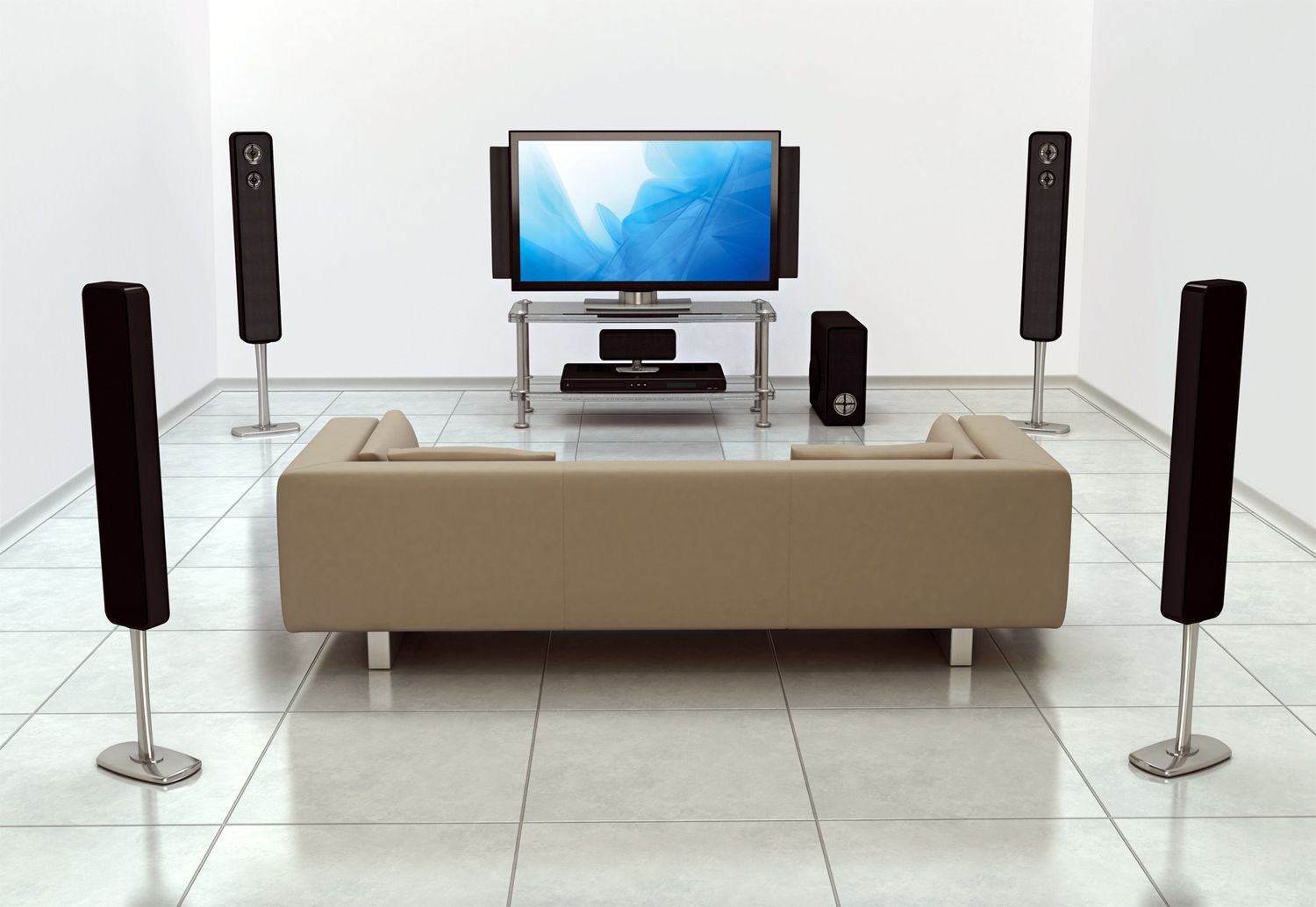
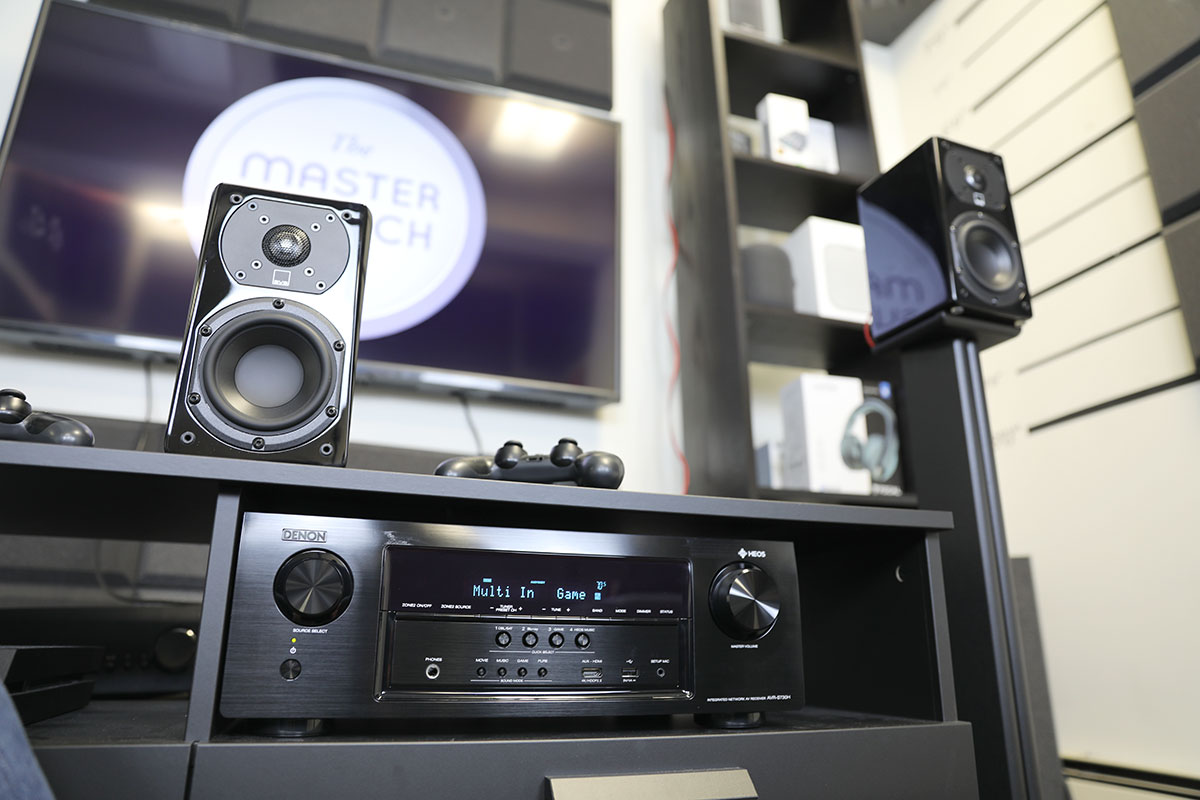
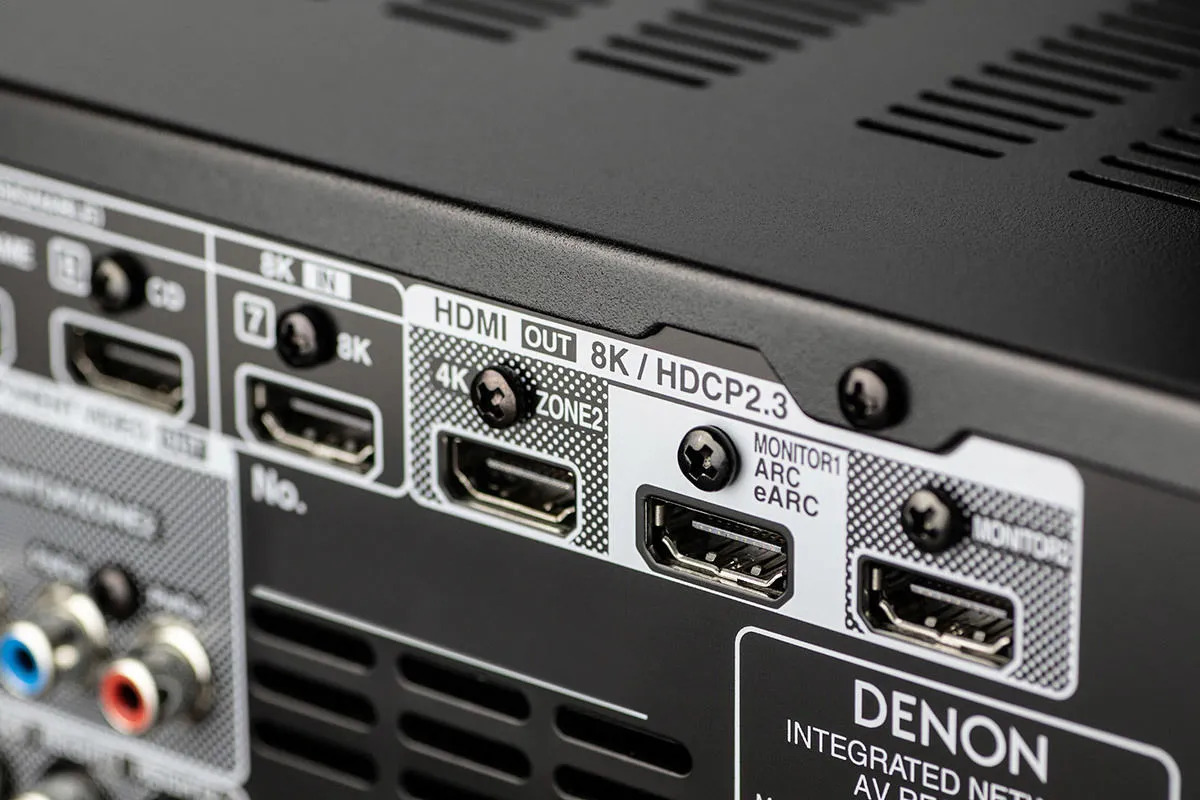
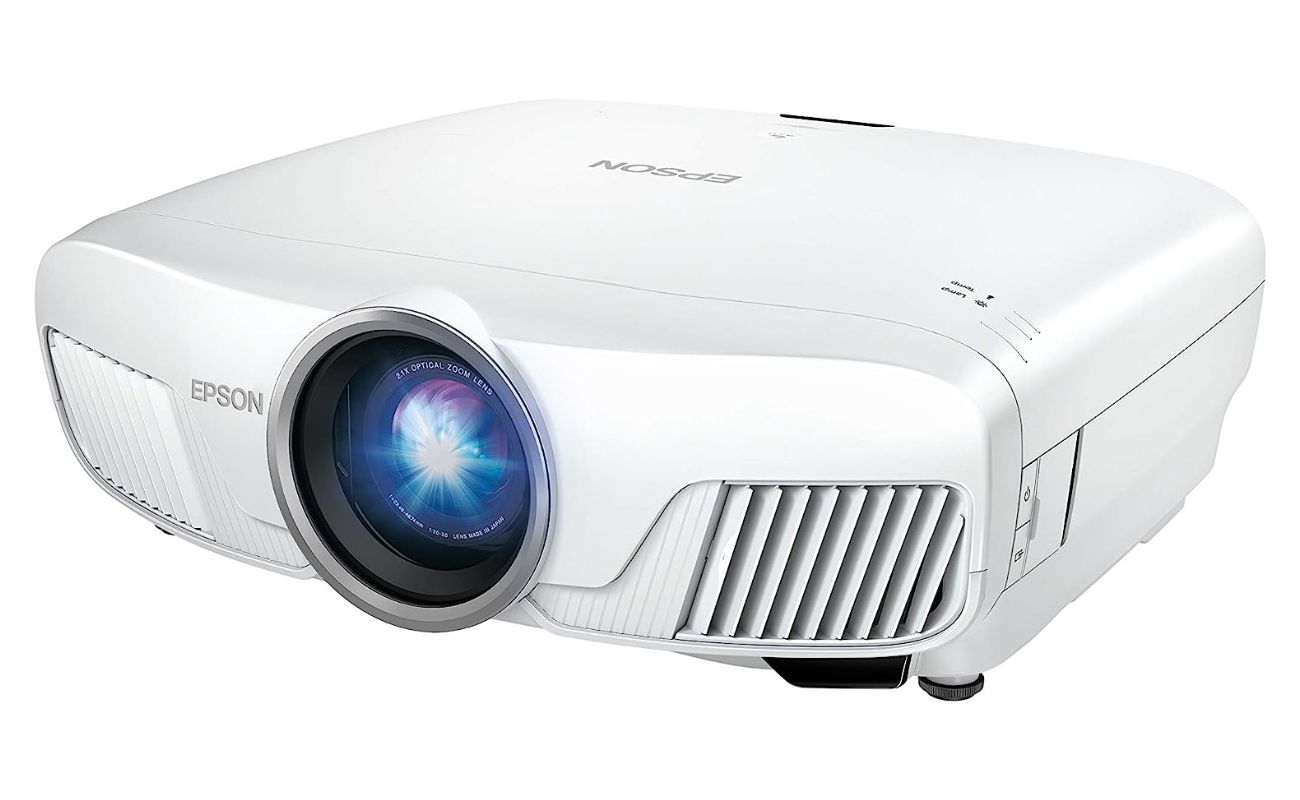
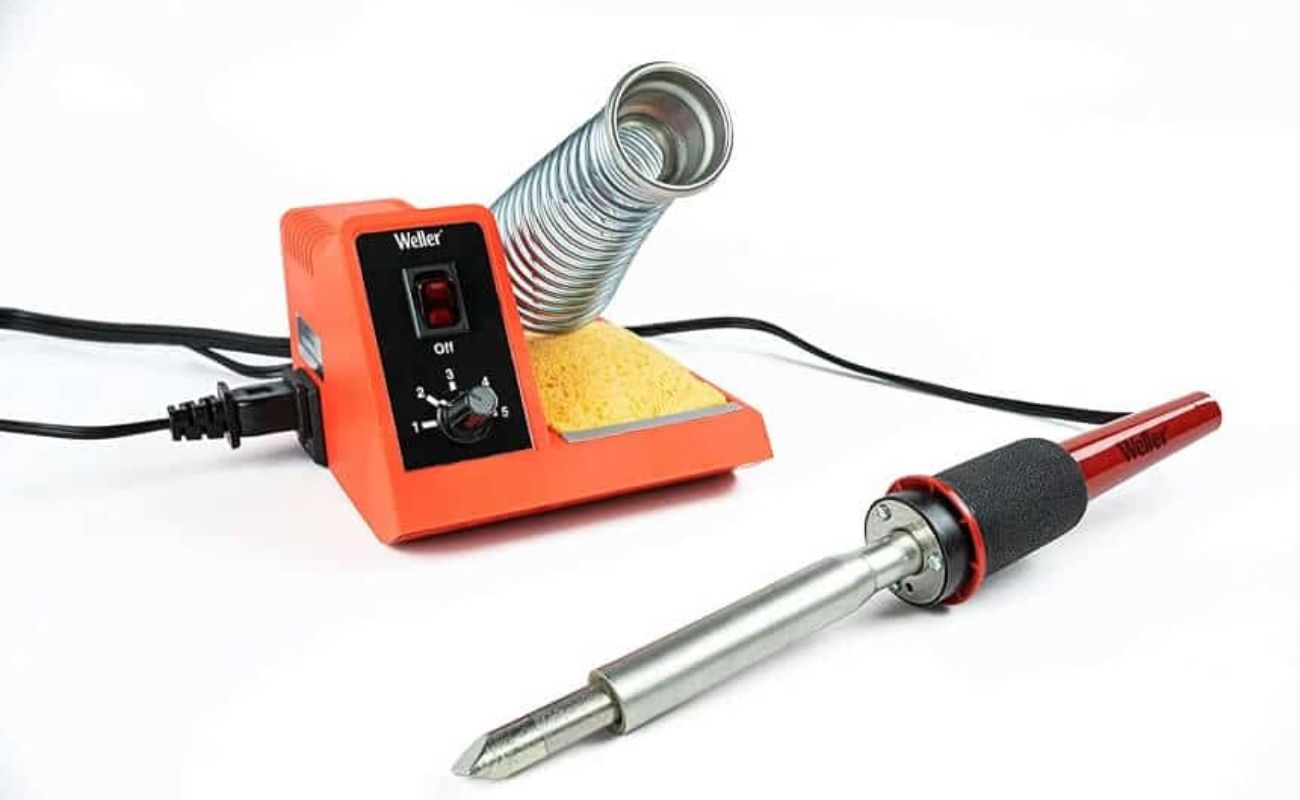

0 thoughts on “How To Calibrate A Home Theater”